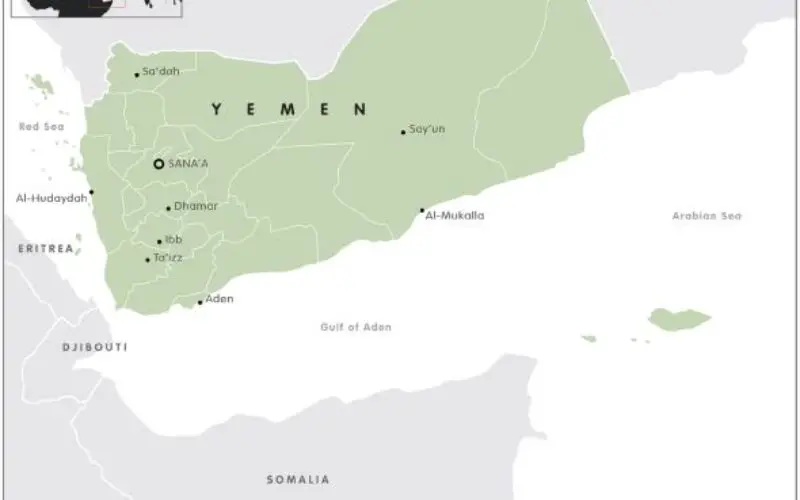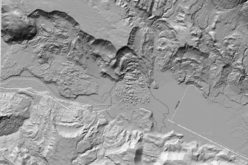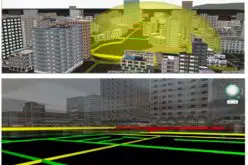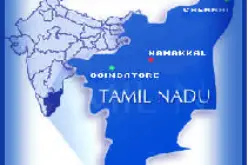The European Council on Foreign Relations has recently a report on the Yemen conflict.
Rather than being a single conflict, the unrest in Yemen is a mosaic of multifaceted political, regional, local and international power struggles, emanating from both recent and long-past events.
Yemen’s president recently returned to the country after nearly six months in exile, but the conflict appears far from reaching a tidy conclusion, growing, if anything, more complicated by the day.

Credit: ECFR
President Abdo Rabbu Mansour Hadi was forced to flee the country by the Houthis – a Zaidi Shia-led rebel group targeted in six wars by the central government – and their new-found allies in the Yemeni Armed Forces, including many key backers of the country’s former leader, Ali Abdullah Saleh. This prompted an ongoing, Saudi-led military campaign aiming to restore Yemen’s internationally-recognised government to power, and now President Hadi and his Prime Minister and Vice President Khaled Bahah have returned to the port city of Aden.
While the concept of Yemen as a territory predates Islam, it has rarely been under the rule of a single government. For much of the past century, the country was split into the northern Yemen Arab Republic (YAR) and the southern People’s Democratic Republic of Yemen (PDRY), which were unified in 1990. But the cultural differences between the two regions are real—and accentuated by their divergent histories.
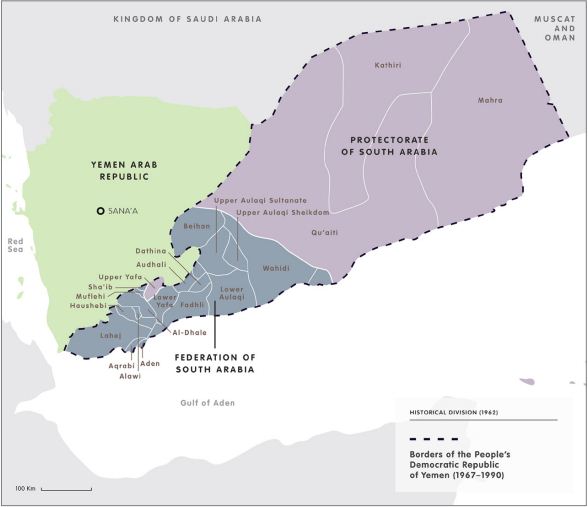
Credit: ECFR
Yemen’s religious divide largely falls along geographic lines, with followers of Shia Zaidism predominant in the northern highlands, along with a small Isma’illi minority, and Sunnis forming the majority elsewhere. But the rise of political Islam—in terms of both Sunni streams, like the Islah party, which incorporates the bulk of the Yemeni Muslim Brotherhood, and Zaidi ones, like the Houthis—has raised tensions, as has the spread of Sunni ideologies in traditionally Zaidi areas, which was one of the key contributing factors to the emergence of the Houthi movement.
The Houthi rebels continue to fight fiercely against their adversaries, a mix of Saudi and Emirati-backed troops, pro-government military figures, Islamist militants and tribal fighters. But nearly six months after the flight into exile of President Hadi–and the start of a Saudi-led military operation aimed at pushing back against the rebels who toppled him–the state of play in Yemen remains fluid. While President Hadi and other officials have trickled back into Aden–and pro-Hadi military forces and scores of allied Gulf soldiers have re-entered Marib—the capital and its surroundings remain in the hands of the Houthis and their allies.
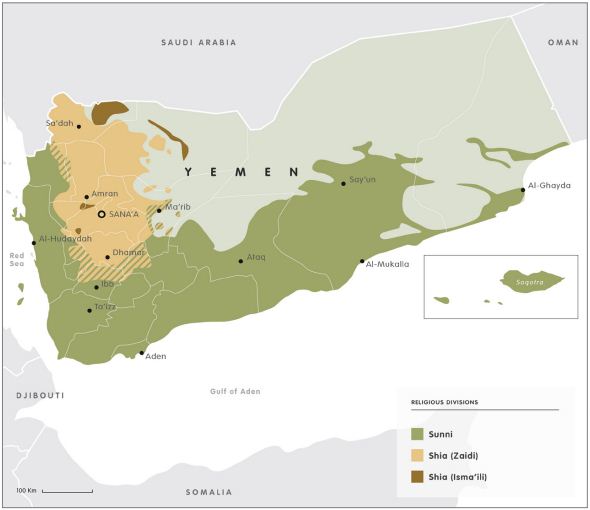
Credit: ECFR
While the Houthis and their allies in the Yemeni military have largely been forced out of Yemen’s formerly independent south, they continue to hold their ground elsewhere despite continuing airstrikes, a naval blockade by the coalition, and the efforts of anti-Houthi militias on the ground. Despite gains by local anti-Houthi resistance fighters in Ta’izz, Yemen’s third largest city, the battle continues, fuelling a deepening humanitarian crisis. The province of Ibb, its neighbour to the north, has witnessed a continuing back-and-forth as Houthis clash with their opponents, as has the strategic province of Al Bayda, where the Houthis and their allies have recently managed to reverse some losses.
The Saudi-led coalition has set its sights on the desert province of Marib. Yemeni fighters trained in a Saudi military post in Sharoura, just north of the border, have descended into the province, joining increasing numbers of coalition troops, tribal fighters and military hardware in a forward operating base in the centre of the province. But while coalition forecasts of the coming expulsion of the Houthis from Marib may very well be accurate, claims that Sanaa will fall shortly after are less likely to come to fruition–something underlined by the miles of rugged mountains separating the province from the capital.
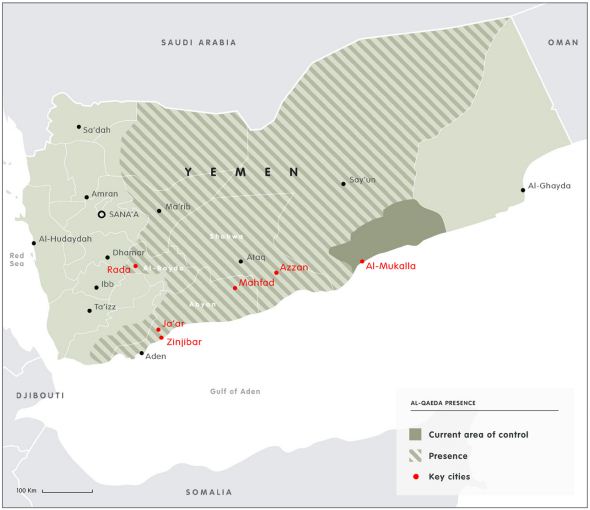
Credit: ECFR
Jihadist fighters returning to Yemen after fighting in Afghanistan and Iraq have for many years continued the fight in the country’s unevenly-governed deserts and mountains. A Yemen-based group, Al-Qaeda in the Arabian Peninsula (AQAP), is considered one of al-Qaeda’s most effective franchises; the United States has waged an ongoing drone campaign against AQAP in response to the group’s attempts to strike US targets in the US itself and abroad. In the wake of Yemen’s 2011 uprising, al-Qaeda-affiliated militants—fighting under the banner of Ansar Al Sharia, or The Supporters of Islamic Law—seized control of swathes of the southern Abyan province, establishing Islamic emirates in the towns of Ja’ar and Zinjibar and eventually seizing the town of Rada, in Al Bayda, in early 2012.
Source: European Council on Foreign Relations


